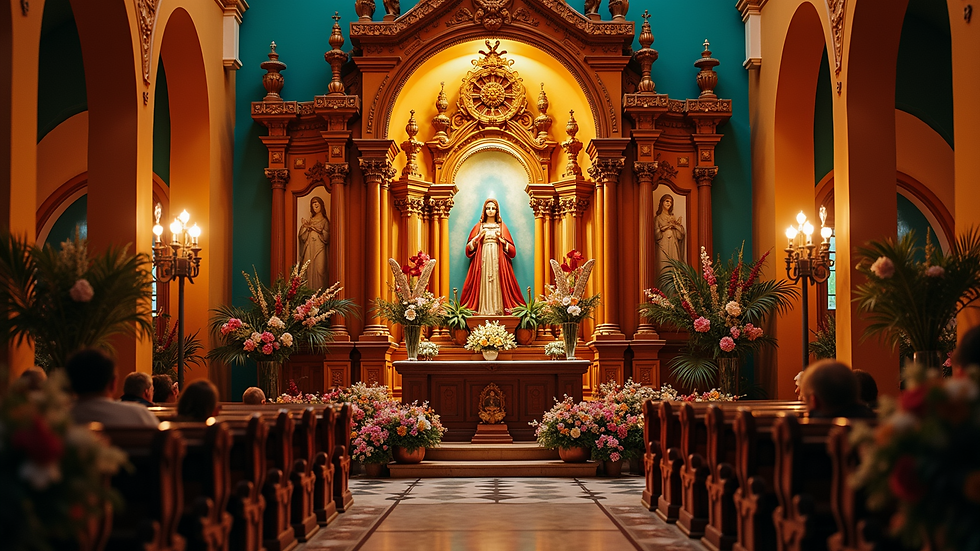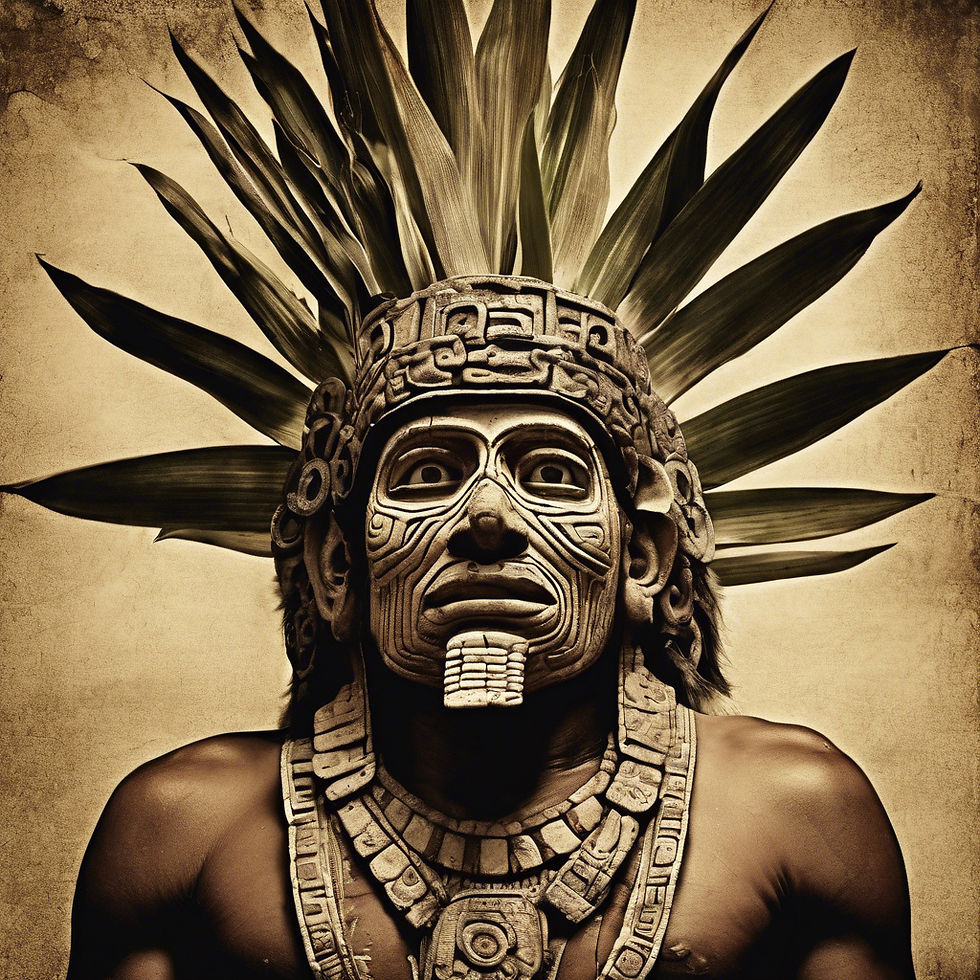The Influence and Significance of Mexican Folk Saints in Contemporary Culture
- Scarly

- Jun 8
- 3 min read
Mexican folk saints are more than just cultural symbols; they are a vital part of the country's spiritual and social fabric. These figures link community heritage to everyday experiences, serving as a powerful influence on identity, faith, and resilience. This exploration reveals how these folk saints continue to shape contemporary Mexican culture.

Historical Context of Mexican Folk Saints
Mexican folk saints are born from a unique blend of Indigenous beliefs and Catholic traditions, alongside popular culture. Their narratives often revolve around miraculous events and healing, showcasing the desires and hopes of the communities that revere them.
One notable folk saint is Santa Muerte, a skeletal figure symbolizing death. Despite being unrecognized by the Catholic Church, her following has surged in recent years. For instance, a 2016 survey found that about 10% of Mexicans identified themselves as devotees of Santa Muerte, particularly those seeking protection in uncertain times.
The creation of folk saints illustrates how local traditions interact with broader religious narratives. Each saint carries its own rich backstory and significance, which allows communities to express shared struggles and faith.
Cultural Significance
Folk saints embody concepts of hope and resilience. They provide comfort to individuals facing personal or collective challenges. Unlike traditional Catholic saints, who are worshipped in churches, folk saints often find a home in altars, homes, and community gatherings.
Take Juan Soldado, for example. He is celebrated as a protector of the marginalized, especially immigrants. His story resonates with those navigating issues of identity and belonging. During celebrations in his honor, attendees often share personal stories of hardship and triumph, creating a collective tapestry of experience.
These figures also permeate literature, music, and art. Folk songs narrate tales of these saints, while local artists depict them in colorful, impactful imagery, reflecting the hopes and dreams of their communities. This connection illustrates how faith and cultural identity intertwine in everyday life.
Rituals and Practices
Practices surrounding the veneration of folk saints differ significantly from standard Catholic rituals. Followers often create altars decorated with candles, flowers, and personal items that tell the saint's story. These altars serve as gathering points for prayer and reflection, nurturing a bond within the community.
Particular feast days are set aside for larger celebrations, where communities come together for music, food, and dance. In the case of Santa Muerte, her festivities on October 31 draw thousands, showcasing vibrant celebrations that reinforce communal ties and encourage the sharing of legends.
Mexican Folk Saints in Art and Media
Artistic expression plays a crucial role in honoring Mexican folk saints. For example, the vibrant murals adorning streets often feature these saints in ways that address contemporary social issues. A potent mural of La Santa Muerte can convey themes of reverence while critiquing societal injustices, highlighting the intersection of art and activism.
Films and literature also explore the narratives of folk saints, presenting them in modern contexts. The 2017 film La Santa Muerte depicts the challenges faced by immigrants while intertwining the lore of folk saints. Such media representation sheds light on social struggles, allowing viewers to connect with the stories on multiple levels.
Global Influence and Solidarity
The stories of Mexican folk saints are gaining traction beyond Mexico’s borders. As Mexican communities expand globally, so does the reverence for these saints. In cities like Los Angeles and Chicago, Latinx communities establish altars and host celebrations, creating spaces that facilitate a sense of belonging.
For example, during Día de los Muertos, celebrations in the U.S. often honor folk saints alongside traditional customs, empowering communities to maintain their cultural identity. This blending reinforces bonds among those who share similar traditions despite living in different contexts.
Moreover, many people from diverse backgrounds find solace in the stories of these saints. Themes of strength, resilience, and hope resonate widely, fostering solidarity among various cultural groups.
Exploring the Lasting Impact of Folk Saints
The significance of Mexican folk saints in contemporary culture is profound. They serve as potent symbols of hope, capturing the struggles and triumphs of individuals and communities. Through their rituals, stories, and connections across borders, these saints continue to inspire and influence daily life, making them a crucial part of the cultural narrative.
Folk saints remind us of the power faith and community possess. As traditions evolve, it is vital to celebrate these cultural treasures that shape our identities and foster connections across diverse backgrounds.

Through their stories and experiences, Mexican folk saints connect the past with the present, offering guidance as individuals navigate the complexities of modern life. Their legends continue to inspire, uphold tradition, and bridge cultural divides, enhancing the richness of the human experience.




Comments